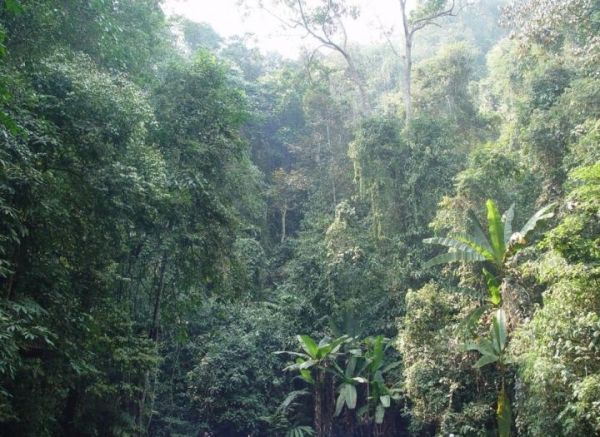A better understanding of terrestrial flux dynamics will come from elucidating the integrated effects of climate and vegetation constraints on gross primary productivity (GPP), ecosystem respiration (ER), and net ecosystem productivity (NEP), according to Dr. CHEN Shutao, Associate professor at Nanjing University of Information Science and Technology.
Dr. CHEN and his team--a group of researchers from the Jiangsu Key Laboratory of Agricultural Meteorology/School of Applied Meteorology of Nanjing University of Information Science and Technology, College of Resources and Environmental Sciences of Nanjing Agricultural University and Climate Center of Anhui Weather Bureau, China--have had their findings published in Advances in Atmospheric Sciences (AAS), a journal hosted by Institute of Atmospheric Physics, Chinese Academy of Sciences.
"The terrestrial carbon cycle plays an important role in global climate change, but the vegetation and environmental drivers of carbon fluxes are poorly understood. Many more data on carbon cycling and vegetation characteristics in various biomes (e.g., forest, grassland, wetland) make it possible to investigate the vegetation drivers of terrestrial carbon fluxes," says CHEN.
Read more at Institute of Atmospheric Physics, Chinese Academy of Sciences
Image: This is a photo of rainforest with a positive net carbon assimilation rate in Xishuangbanna, China. (Credit: Shutao Chen)


